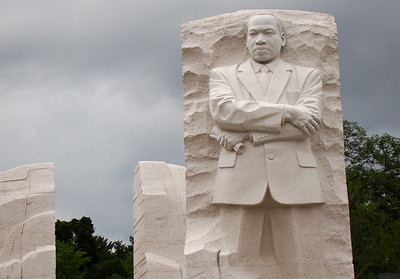Nain: The Perfect Setting
Like the mansion “Downton Abbey,” the setting itself played such a role in Shunem’s story that it functioned almost as an independent character. Shunem’s people took pride in its heritage: About 800 years before Christ, Elisha had brought a woman’s dead child back to life here.
Elsewhere some years before that, Elisha’s mentor, Elijah, had restored to life a widow’s only son. And afterward, the biblical text records, “Elijah gave him to his mother" (1 Kings 17:23). So Elisha’s miracle at Shunem was not the first time a prophet had raised a woman's child, but it was certainly the last.
Just on the other side of Shunem’s hill, assuming we have the location right, sat another town with a history. Jacob had given it to Issachar, observing that it lay on “pleasant” land—“Na-ee-ma.” The Greeks later nicknamed the village “Nain.”
As Luke in his Gospel prepared to tell a new story that took place in Nain, he was answering a question for his readers: Who is this Jesus? And as we pick up the narrative, our Lord has just healed with a word the sick-unto-death slave of a centurion. And then Jesus came with a crowd of his followers to Nain's walled city.
But something kept them from entering: a funeral procession was coming out of its gates. So everyone stopped, listened to the wailing, and watched the bier go by. (Only Egyptians did coffins.) And then Jesus and his followers did what any good Jews would do: they joined the procession.
In the first century, dead bodies were carried outside of town, as right away the body began decomposing. Mourners would place the corpse on a ledge inside a tomb for about a year while it decayed. Sure, myrrh and spices slightly slowed the process, but without embalming, worms and maggots took over. Once remains were reduced to bones, the body was literally "gathered to his people" (Gen. 25:39). That is, the bones went in an ossuary, a box where one’s ancestors' bones were stored. The ossuary was slightly longer than the male femur, the body’s largest bone.
So this funeral procession was probably headed for the family tomb. And imagine the mother’s grief. She was a widow, so she had already “buried” her husband. And that meant she probably depended on her son for survival. Economically she’d just lost her meal plan. But as great as the financial loss was, the emotional one was much worse. The man on the bier was her only son.
No photos, no movie footage—only memories reminded the mourning of a loved one’s gait, voice, and eyes. If the deceased’s face was wrapped in a cloth, as Jesus's was after he died, this mother was thinking she would never again look on the countenance of her boy.
So what did Jesus do? “He had compassion for her and said to her, 'Do not weep.' Then he came forward and touched the bier, and the bearers stood still. And he said, ‘Young man, I say to you, rise!’ The dead man sat up and began to speak, and Jesus gave him to his mother” (Luke 7:11–15).
Notice how Luke worded that: “gave him to his mother.” This wording precisely matches that of Elijah’s story.
Imagine standing in that crowd. You’re thinking, “What? Here, at this hill? Again?”
Luke records, “Fear seized all of them; and they glorified God, saying, ‘A great prophet has risen among us!’ and ‘God has looked favorably on his people!’ This word about him spread throughout Judea and all the surrounding country” (16–17).
Who is this man?
In the tradition of Elijah in the place of Elisha, this prophet raised the dead. And building on the work of these, he went on to do something far better. Without suffering decay, he walked out of his own tomb and emerged blinking into the light of day.
Oh, Lord, may we, like the people of Nain, recognize that you—who are far more than a prophet—have looked favorably on your people. May we fear you, glorify you, and spread the word!




One Comment
Wayne Stiles
Nice connection.
I love the connection you brought out here, Sandi, about these two miracles on either side of the Hill of Moreh—and especially connecting it to the larger event it previewed. Great writing and great connection. Thanks.